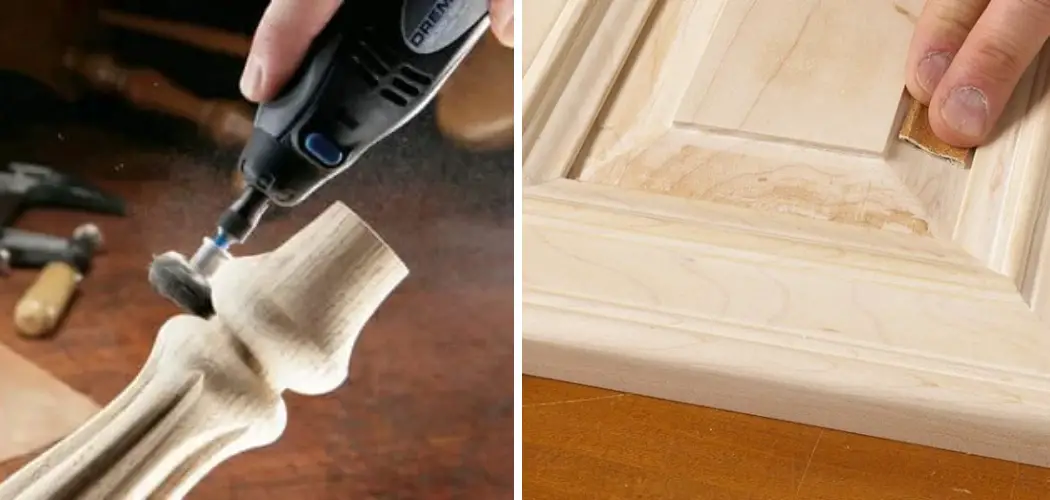Sanding is an important step in any woodworking project. It can be a tedious task to do, particularly when it comes to sanding small parcels and crevices. However, no matter the size or shape of your project, having the correct tools and techniques will make sanding much easier.
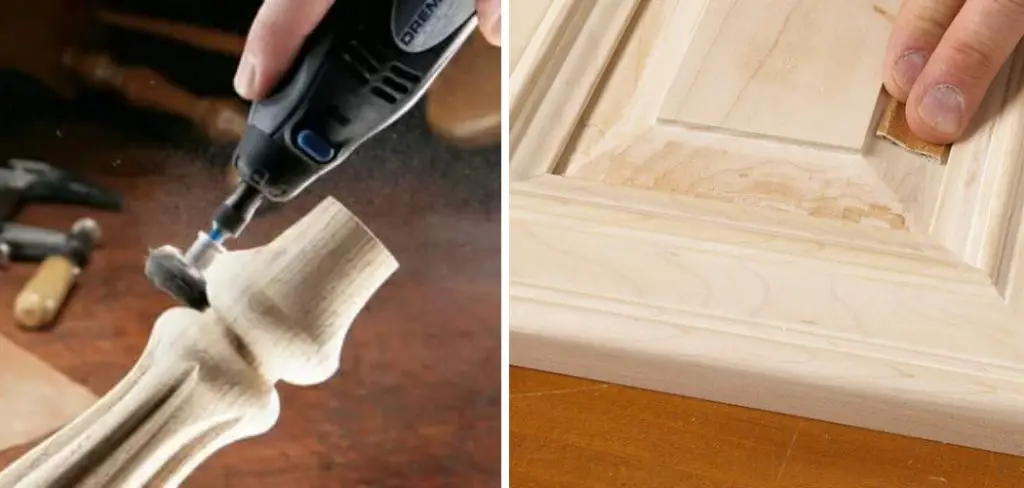
In this blog post, we’ll explore how to sand in small crevices. We’ll look at various tips and tricks that you can use for larger projects such as chairs or tables as well as smaller items like model planes or boats. It doesn’t matter what type of woodworking project you are working on – with patience and practice anyone can achieve flawless results while sanding in those hard-to-reach places!
9 Best Ways on How to Sand in Small Crevices
1. Use an Oscillating Tool:
An oscillating tool is a great way to sand in those hard-to-reach places. It has various attachments which can be used for sanding, cutting, and grinding. This tool can easily get into tight spaces and the vibration of the blades gives you more control over the sanding process. Using an oscillating tool is the best option for sanding in very small crevices or corners.
2. Use a Flexible Sandpaper Sheet:
This is another great way to sand in tight spots and corners. A flexible sandpaper sheet is ideal because it fits into tight crevices that are difficult to reach with other tools. To use this technique, you just need to cut the sandpaper into smaller pieces or strips and then use them to gently sand the area.
3. Use a Narrow Strip of Sandpaper:
This is another great option, especially for small corners and crevices. You can easily create a narrow strip of sandpaper by folding it several times until it’s thin enough to fit in the space you’re trying to sand. This technique requires patience and precision but it can give you great results.
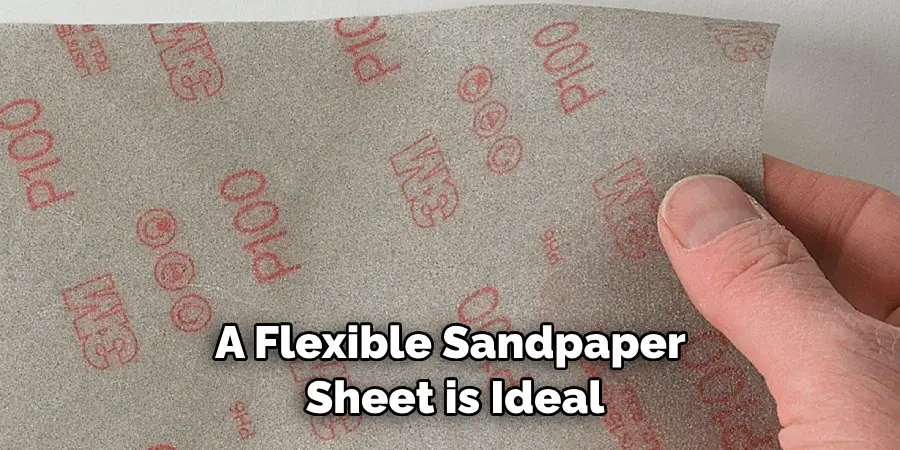
4. Use a Rotary Brush:
A rotary brush is perfect for sanding small areas that are hard to reach with other tools. It has flexible bristles which move in a circular motion and can easily get into crevices and corners. This tool is also great for removing tough stains from wood surfaces. This is a great option if you’re looking for a quick and easy way to sand small crevices.
5. Use Masking Tape:
Masking tape is another great tool to use when sanding in tight spots. It’s important to be careful when using this technique as the masking tape can easily tear or damage the wood if it’s not used properly. Masking tape is great for protecting the wood from scratches and it also helps you to have more control over the sandpaper when sanding in small crevices.
6. Use a Sanding Sponge:
A sanding sponge is ideal for small projects that don’t require a lot of power or force. It has a flexible texture which makes it perfect for sanding in tight crevices and corners. Sanding sponges are also great for removing stubborn stains from wood surfaces. If you’re looking for a tool that will give you the precision and control needed to sand in small crevices, then this is an excellent option.
7. Use a Drum Sander:
A drum sander is great for larger projects that require more power and speed than what a hand sander can provide. It has two rotating drums which make it perfect for sanding in tight areas. This tool works best on flat surfaces but it can also be used to sand small crevices and corners with a bit of practice.
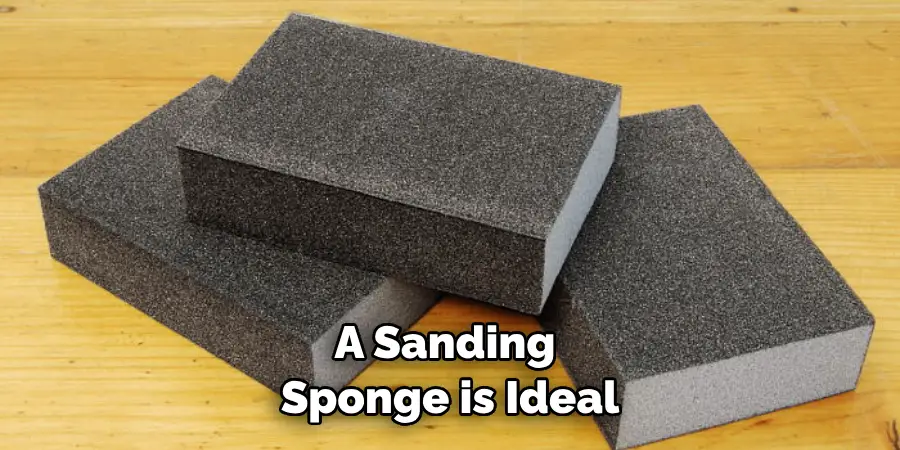
8. Use a Detail Sander:
A detail sander is the perfect tool for those hard-to-reach spots that are too small for a regular sander. Its small and compact size makes it ideal for sanding in tight corners and crevices. It also has a triangular head which helps to remove dust from those hard-to-reach places.
9. Use a Dremel Tool:
A Dremel tool is an incredibly versatile tool that can be used for many tasks, including sanding. Its small size makes it perfect for sanding in small crevices and corners. It also has various attachments which can be used for different tasks, such as cutting, grinding, and polishing.
Sanding in small crevices is a challenging task but with the right techniques and tools, you can achieve flawless results. No matter what type of woodworking project you’re working on, these tips and tricks will help you to sand in those hard-to-reach places. With practice and patience, anyone can learn how to sand in small crevices and create beautiful pieces of art! Good luck with your sanding projects!
Additional Tips and Tricks to Sand in Small Crevices
- Always wear protective equipment, such as a dust mask and goggles, when sanding in small crevices.
- Use extra care when cleaning up the area after sanding is complete. Small particles of wood or dust can easily become lodged in small crevices and can be difficult to remove without special tools or techniques.
- When using an electric sander, be sure to use the lowest setting possible. This will help prevent damage to delicate wood surfaces.
- A soft brush or cloth can be used after sanding is complete to remove any remaining debris from small crevices.
- Use a damp cloth when cleaning up in order to contain dust particles and reduce airborne debris.
- If the crevices are too small to sand by hand, consider using a rotary tool with a tiny sanding attachment. This will help reach those hard-to-reach areas.
- 7. Sandpaper with a very fine grit can be used for delicate wood surfaces, as it is less likely to cause damage and provide a smoother finish.
- When sanding in tight spaces, patience is key. Take your time and be sure to remove any debris before moving on to a new area. Doing so will help ensure that you don’t miss any small crevices or details.
- Don’t forget to use the vacuum attachment periodically when sanding in small crevices. This will help reduce airborne dust particles and keep your work area clean.
- Once you are finished sanding, use a damp cloth to wipe away any remaining dust particles and debris from the wood surface. This will help ensure a smooth, even finish on your project.
- Finally, apply a finish to the wood surface once sanding is complete. This will help protect the wood and ensure a beautiful finish for years to come.
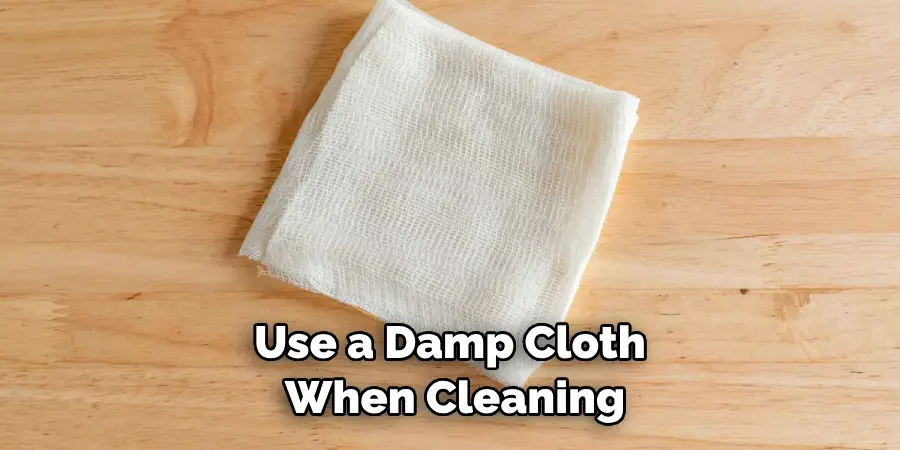
Following these tips and tricks can help you achieve a professional-looking finish when sanding in small crevices. Always remember to take your time and use the proper tools and techniques to ensure a successful outcome. With some patience, practice, and careful attention to detail, you’ll be able to tackle even the toughest of projects with ease! Happy sanding!
Frequently Asked Questions
What Safety Precautions Should I Take?
When working with power tools, it’s important to take the necessary safety precautions to avoid injury. Make sure you’re wearing safety glasses, hearing protection, and a dust mask. It’s also important to keep your workspace clean by disposing of sawdust and other debris properly. Additionally, read the instructions for any power tools that you are operating thoroughly before starting your project.
What Type of Sandpaper Should I Use?
The type of sandpaper you should use largely depends on the material you’re attempting to sand. Generally, it’s best to begin with a medium-grit sandpaper and progress towards finer grits until you achieve your desired finish. If possible, test out different types of sandpaper on a scrap piece of material first in order to determine which one is most suitable for your project.
How Should I Approach Sanding Very Small Areas?
When attempting to sand areas that are too small for a regular piece of sandpaper, you may need to use a thin strip of sandpaper. You can wrap the strip around a narrow tool such as a screwdriver or dowel in order to get better access to hard-to-reach areas. For even smaller crevices, you can use a sanding block with attachable sheets of sandpaper that are specifically designed for these types of projects.
How Often Should I Change Sandpaper?
It’s important to regularly change your sandpaper in order to get the best results. As the grits on the paper become clogged with sawdust, they become less effective. Additionally, you should switch to a new piece of sandpaper if it becomes torn or frayed in order to avoid scratches on your workpiece.
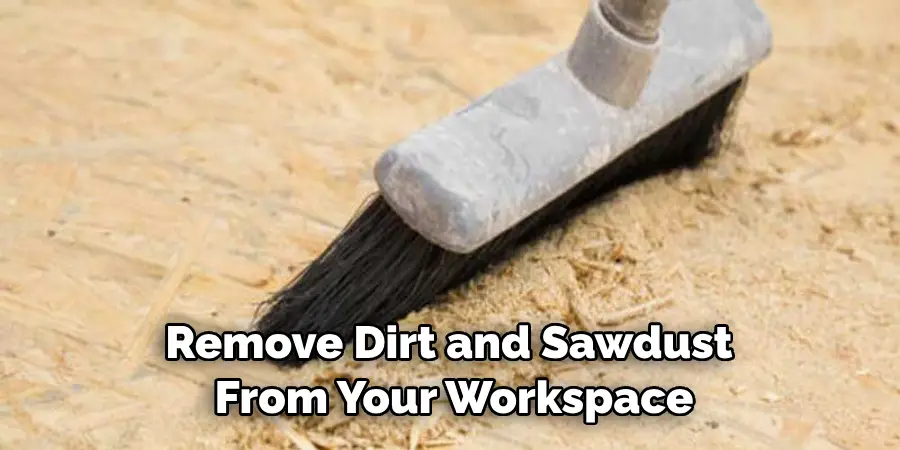
What Is the Best Way to Clean Up After Sanding?
Once you’ve finished sanding, it’s important to clean up any leftover debris. Use a vacuum or soft brush to remove dirt and sawdust from your workspace. You may also want to dampen a cloth with water or mineral spirits and wipe down the entire area in order to get rid of any lingering dust particles.
Conclusion
Now you know how to sand in small crevices, as well as the safety precautions to take and the types of sandpaper you should use. Additionally, you know how often to change sandpaper and the best way to clean up after sanding. By following these steps, you can easily achieve a smooth and professional finish on your project!

